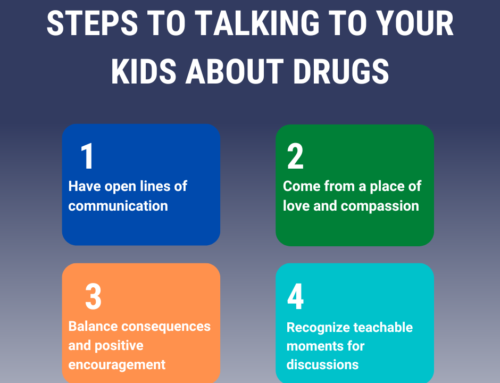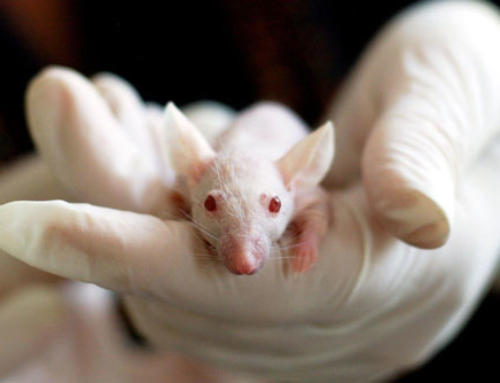It is possible to overdose on LSD. You may have heard the urban legend about that guy your cousin’s friend knew who took too much acid and thought he was a glass of orange juice. He’s still in the local psychiatric hospital and he has to sleep sitting up because he’s afraid he’ll spill.
In reality, taking too much LSD isn’t usually so dramatic. A bad trip can be intense and disturbing, but not permanent. Taking too much acid may cause anxiety, panic, aggression, erratic behavior, suicidal thoughts, fear of going crazy, depression, nausea, drowsiness, insomnia, mild fever, sweating, dry mouth and high blood pressure. None of this is pleasant, but it usually passes. In people with a predisposition to schizophrenia, LSD may precipitate the condition, leading to prolonged psychosis. Others may have lingering symptoms in the form of flashbacks.
An overdose is different from a bad trip and can cause dangerous physical symptoms. These might include seizures, erratic heartbeat, hyperthermia, bleeding in the brain, vomiting, respiratory arrest, and breakdown of muscle tissue. These symptoms only appear at extreme doses. The average dose of LSD is somewhere in the range of 60 to 500 micrograms. The psychologically intense effects appear at the top of this range and the dangerous physical symptoms appear in the range of 1000 to 7000 micrograms–far more than anyone is likely to take. Even in this range, there have only been a few deaths attributed to LSD toxicity since the drug was in invented in 1943.
While LSD is not likely to be toxic in itself, it may cause dangerous behavior. The panic and aggression of a bad trip can lead to injury or death. Suicidal ideation is a major concern and is far more dangerous than the physical effects of an overdose.
There are typically three ways people have a bad trip or overdose on LSD. One is that they aren’t familiar with the drug. It takes about an hour to kick in and sometimes people get impatient and take more before the first dose has had a chance to start working. When it finally does kick in, the experience is far too intense. Also, you can build a tolerance for LSD. It is not physically addictive like alcohol or opioids, but if you use it frequently, you do need a bit more to get the same effect and you might end up taking too much. A third possibility is that you think you’re taking a lower dose than you’re actually taking. Dosages of street drugs are often unpredictable, so you might end up taking more than you intended.
Another possibility is that you’re taking something that is not actually LSD. Most of what’s sold on the street as LSD is actually something else. In that case, all bets are off because you don’t really know what the drug does. Even minor changes to a drug’s chemical structure can massively change its effects.
If someone does experience a bad trip or overdose, the main thing is to keep her from hurting herself or others. This may require calling 911 for police or medical care.
Located in downtown Midland, The Springboard Center’s mission is to offer programs and services to treat alcohol and drug addiction treatment using an evidence based curriculum, 12 step programs, diet, nutrition, exercise, emotional, mental and spiritual development for a long recovery. For more information, please call us at 432-620-0255 as we are open 24 hours a day, 7 days a week.




